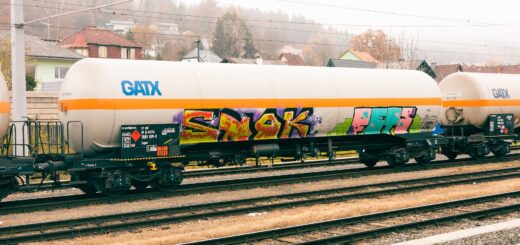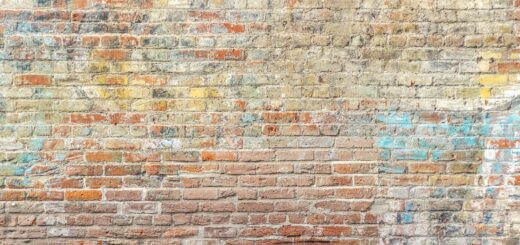Venturing Through the Kaleidoscope: Psychedelic Art and Its Unmatchable Influence
In the ever-evolving world of artistic expression, one of the most distinctive subgenres to have emerged in the 20th century is Psychedelic Art. This form, inspired by the psychedelic counterculture of the 1960s, is a vibrant amalgamation of surrealism, abstraction, and mind-altering visuals. It shares profound links with the visionary art movement and has significantly influenced diverse realms ranging from digital art to fashion, music, movies, and more.
Psychedelic art essentially involves depicting transcendental experiences and altered states of perception often brought by the consumption of hallucinogenic substances. This genre reflects a unique convergence of artistic inspiration and the varied psychedelic experiences, birthing an eccentric symphony of colours, patterns, and shapes that redefine the boundaries of reality and imagination.
This unique form of art traces its roots back to the ’60s and ’70s, a time when entering a different level of consciousness became more prevalent due to the increased use of hallucinogenic substances such as LSD. During this time, rock posters, album covers, and even comic books began to feature psychedelic aesthetics extensively. Iconic bands such as Pink Floyd, The Beatles, and The Grateful Dead all used it to depict their ventures into the surreal world of music and revolutionised the music industry’s visual aspect. Psychedelic Art thereby became a crucial part of the counterculture movement, visualising rebellion and planting the seeds of visionary art.
Over the years, psychedelic art has evolved tremendously, tapping into other forms of artistic expression. Digital art is one such realm where these influences are evident. With the world transitioning to a more technologically advanced era, artists began using software like Adobe Photoshop and Cinema 4D to create breathtaking pieces of digital psychedelic art. These pieces plunge the viewer into an intricate universe of vibrant hues, mind-bending shapes, and spiralling patterns – a testament to the prowess of digital art and contemporary psychedelia.
While the influences of psychedelic art are profound and obvious in the domain of pictorial representation, it has also held sway over film and literature. Stanley Kubrick’s film “2001: A Space Odyssey” and the psychedelic sequences in the “The Beatles'” film “Yellow Submarine” adopt psychedelic aesthetics, celebrating the disruption of regular patterns of thought and encouraging viewers to explore new realms of understanding.
The Psychedelic Art movement also had a significant influence on artists such as H.R. Giger and Alex Grey, both renowned for their surreal and visionary art. Their works, filled with vividly rendered abstract landscapes and fantastic creatures, bear testimony to the enduring legacy of psychedelic art. Giger’s “Biomechanical” style and Grey’s “Sacred Mirrors” series both vividly illustrate how the psychedelic experiences pave the way to creative revelation and innovation.
Moreover, this movement has not just been confined within the purview of the visual arts. It also had far-reaching influence over architecture, fashion, and advertising design, adding a vibrantly experimental and adventurous edge to these fields. Whether it’s a groovy t-shirt design, a dreamy coloured building or a trippy advertisement poster, psychedelic art’s influence is pervasive, integral and unforgettable.
Psychedelic art, despite its extraterrestrial associations, is an art form deeply rooted in the quest for human understanding and the exploration of consciousness. As psychologist and psychedelic advocate Timothy Leary put it, it offers a “new reality,” a journey into a mystical dimension that converts the inside to the outside. Its appeal thus extends far beyond visual pleasure—it offers viewers a fresh perspective, a new way to see and feel.
As we move ahead in the era of digitalisation, where the virtual meets and mingles with the physical, the psychedelic art movement’s influence continues to be felt, with its vibrant hues, warped perspectives and altered realities. The psychedelic vision continues to inspire artists, transgressing boundaries of medium and form, leading us into a kaleidoscopic universe of colour and consciousness.
In conclusion, the world of psychedelic art is more than just an explosion of bright colours. It pushes the boundaries of perceptions, alters realities, and introduces a different form of artistic expression. With a broad sphere of influence across various art mediums and everyday life aspects, psychedelic art remains a crucial facet of contemporary art culture.
Sources:
1. The Conversation – The Definition and History of Psychedelic Art
2. Artsy – Foundational Role of Psychedelic Art
3. Beatport – Influence of Psychedelic Art on Music
4. Britannica – Origins and Evolution of Psychedelic Art.


